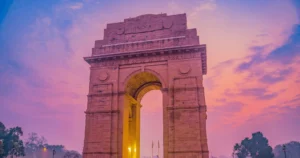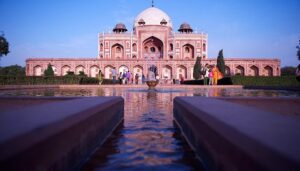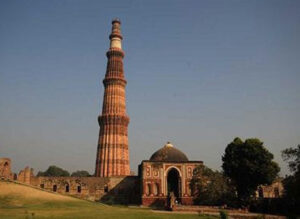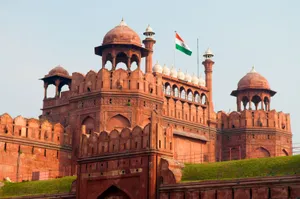Top Heritage Landmarks in Delhi
Introduction :
Delhi, the lively capital of India, is a city where history and modern life come together. It blends ancient heritage with today’s progress, offering a colorful mix of cultures, traditions, and dreams. Delhi is not just a town it is a concoction of emotions. Visitors fall in love with its delicious food, rich traditions, warm-hearted people, historic monuments, and unforgettable markets.
Place to visit in delhi :
In the heart of India stands a city where history whispers through every monument and every street tells a tale — Delhi, the majestic capital. A visit to Delhi is like traveling through time. You can see the grand Red Fort, a symbol of freedom, and the tall Qutub Minar, the highest brick minaret in the world. et the serenity of Jama Masjid embrace your soul, and find quiet reflection at Gandhi Smriti and Raj Ghat, where the Father of the Nation rests.
Delhi has two parts, Old Delhi and New Delhi. While Old Delhi is all about Mughal and British architectural monuments, New Delhi is home to several offices and modern buildings. Some of the major attractions of the city include the Red Fort, India Gate, Qutub Minar, Jantar Mantar, etc.
Moreover, Delhi celebrates many festivals like Diwali, Holi, Eid, Guru Purab, Buddha Purnima, and Christmas with great joy. The Qutub Festival is another highlight, where musicians and dancers from across the country perform near the historic Qutub Minar.
Culture sights in delhi :
Delhi’s culture reflects its rich past and diverse heritage. Here are some must-visit cultural landmarks in the city.
India Gate

How to gate there : Located in the heart of new delhi, this gate is easily accessible by metro, bus and taxi.The nearest metro station is Central Secretariat on the yellow and violet line, just a short walk away.
Lotus tample
The Lotus Temple is a stunning example of spiritual architecture. Its lotus-shaped design rises beautifully from the greenery, and its white marble shines in the sunlight, creating a masterpiece that blends nature and spirituality.

How to gate there : The Lotus Temple is in Kalkaji and can be easily reached by metro. The nearest station is Kalkaji Mandir on the Violet Line, from where you can take a short auto-rickshaw ride.




